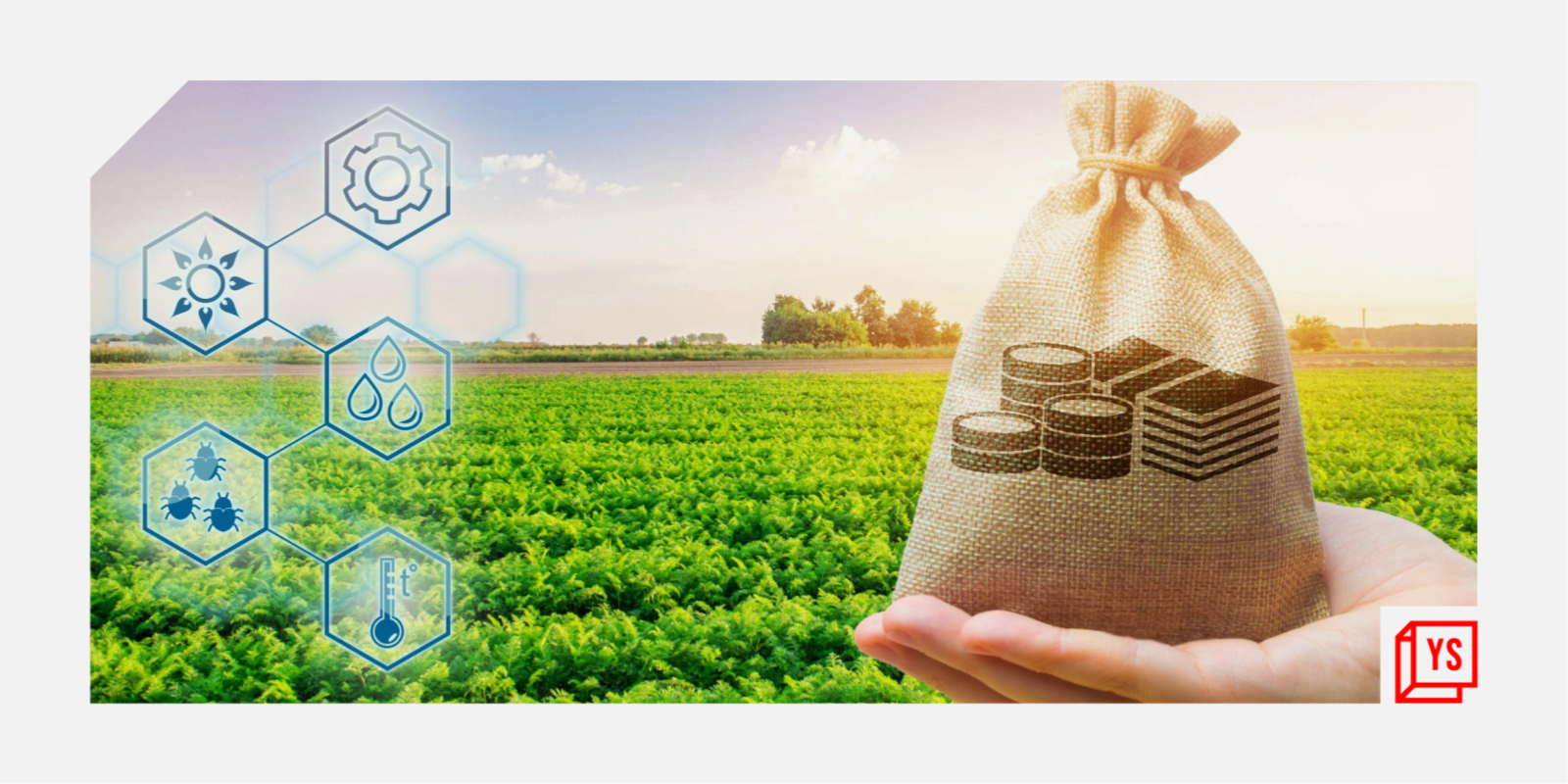
Grow fast. Grow well. Grow plenty. Grow profitably. Grow sustainably.
If Indian farmers could have a collective motto for the next decade, this would probably be it.
Agriculture in India is a complex and multi-disciplinary system quietly bracing for the impact of climate change. More than 80% of Indians live in climate-vulnerable districts, says a study by New Delhi-based think-tank Council on Energy, Environment and Water. By 2030, over 17 million people in India can potentially go hungry due to climate change-induced stress, according to the Global Food Policy Report 2022 by the International Food Policy Research Institute.
To level the playing field for farmers, deeptech innovations are emerging as critical tools to balance profitability with sustainable progress while protecting the environment.
Deeptech in agriculture refers to hard-to-replicate business models based on high-tech innovations that can dramatically improve outcomes. These include artificial intelligence, machine learning, internet of things, blockchain, computer imaging, remote sensing, virtual reality, and robotics.
To save time, resources, and livelihood, a data-driven approach to farming is crucial. That said, no amount of technology will be able to replicate the complex decisions farmers make on a daily basis. What data can do though is help make those decisions easier and faster.
One of the fundamental reasons behind the younger generation’s disinterest in farming is the uncertainties involved in the business. Underneath the charming, bucolic life on the farm is the crushing stress of running a business at the mercy of increasingly erratic forces of nature. This is compounded by a low expert-to-farmer ratio and mobile advisory services that often don’t have all the data points to give effective suggestions.
Besides climate change, farmers are forced to rely on analogous means of farming and post-harvest processes that eat into their profits. Take the sale of fruits and vegetables in mandis, for instance. Manual weighing, single-window systems, and lack of scientific grading and sorting processes create long delays, measurement errors and, ultimately, eroded margins for farmers.
How deeptech can aid agriculture
Deeptech solutions can aid agriculture through every stage. Examples range from breeding sturdy varieties of plant species through phenotyping and predicting pests and diseases to optimising supply and demand for agricultural products and providing real-time decision-making support for farmers. Machine learning algorithms can analyse large amounts of data around weather patterns, soil conditions, and crop yields to offer reliable and cost-effective recommendations to farmers.

The applications of deeptech in agriculture are well documented and have almost achieved a panacea-like status. However, on the flip side, currently, deeptech has a weak venture ecosystem. There are few funds that can take on the associated technical risks and back startups throughout their long gestation period.
Need for support
Deeptech innovations typically require large funding rounds as labs, equipment, and experiments are expensive. Funding can start small, but transforming innovation into an industrialised solution requires heavy capital infusions over the years. Speaking of years, early financial support is also a crucial factor that makes a startup a market leader or a follower.
For companies to get to market faster, they need the right kind of expertise, which is lacking in the Indian VC sector. Tech-enabled business models and software are the core strengths of most VC firms. Therefore, few understand how to evaluate and bet on transformative deeptech startups.
Nevertheless, we see this scenario changing soon as thematic funds are rapidly emerging in the investing landscape. These funds, eager for better returns and striving to bet on futuristic trends, offer startups advice and support rooted in deep sectoral knowledge. It is a safe bet that, in the coming years, VCs will build up to deeptech expertise, remedying the lack of capital in this space.
The Government of India plays an exceptionally large role in supporting sluggish spaces. Besides Biotechnology Industry Research Assistance Council (BIRAC), Department of Science and Technology, and facilities such as C-CAMP, the National Deep Tech Startup Policy is another step towards strengthening the Indian deeptech startup ecosystem. However, venture investors of every stage need to do their part and step forward with funding to catalyse the space.
Looking ahead
Closer to the farms, as people continue to exit the workforce for urban opportunities, by 2030, the total agricultural workforce will drop by ~8% to approximately 220 million workers. As a result, there has been a nearly 30% increase in women agricultural labourers since 2000. As skill requirements in agriculture are moving from manual labour to more value-added, technology-aided work, the same needs to reflect in education systems.
Deeptech innovation in agriculture is at a favourable intersection of fast-advancing underlying technologies and the tech-savvy next billion. The digitally literate agri community is eager for affordable solutions to tough challenges. While the digital boom in the sector is a wonderful development, the fact remains that we need to focus on technologies that directly aid in food production.
The fact that a nation of 1.4 billion is largely food secure is an incredible achievement of the 20th century. India is an agricultural superpower in the making, and if we can harness the technology to solve the bottlenecks, agriculture in India has its best days ahead of it.
Edited by Swetha Kannan
(Disclaimer: The views and opinions expressed in this article are those of the author and do not necessarily reflect the views of YourStory.)






![Read more about the article [Weekly funding roundup April 24-28] VC inflow sees a sharp comeback](https://blog.digitalsevaa.com/wp-content/uploads/2022/11/funding-roundup-LEAD-1667575602969-300x150.png)



